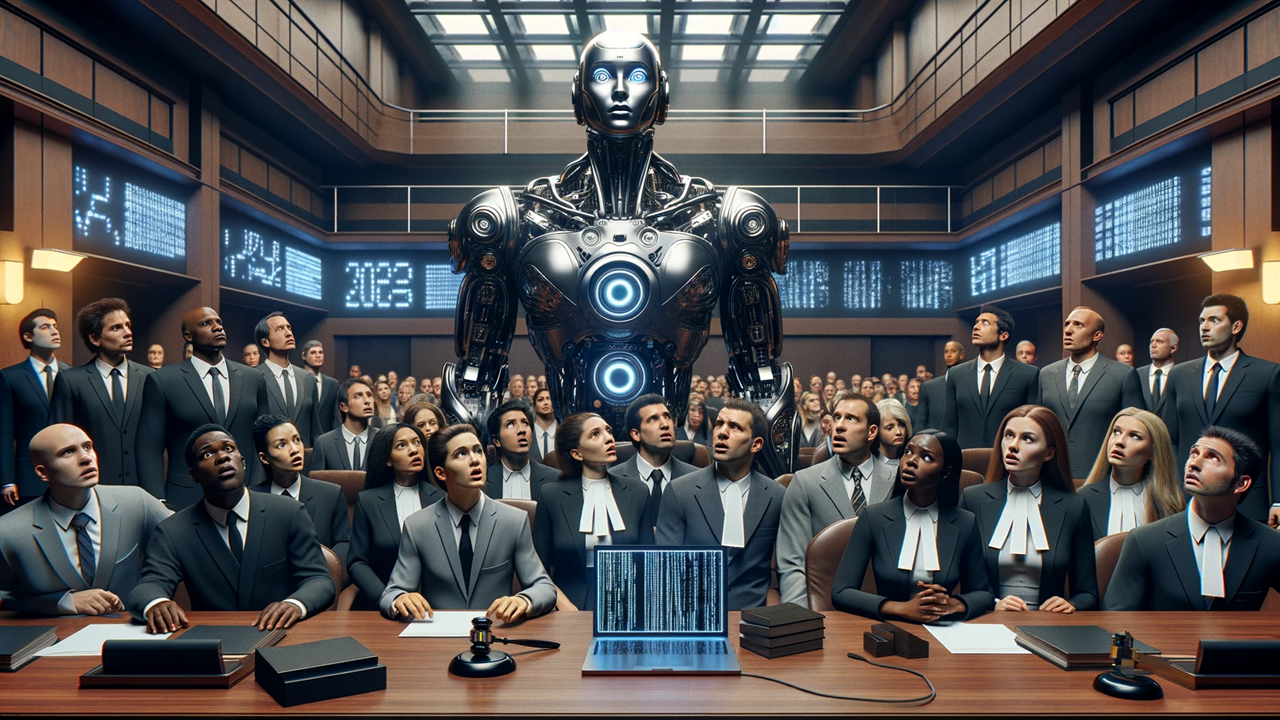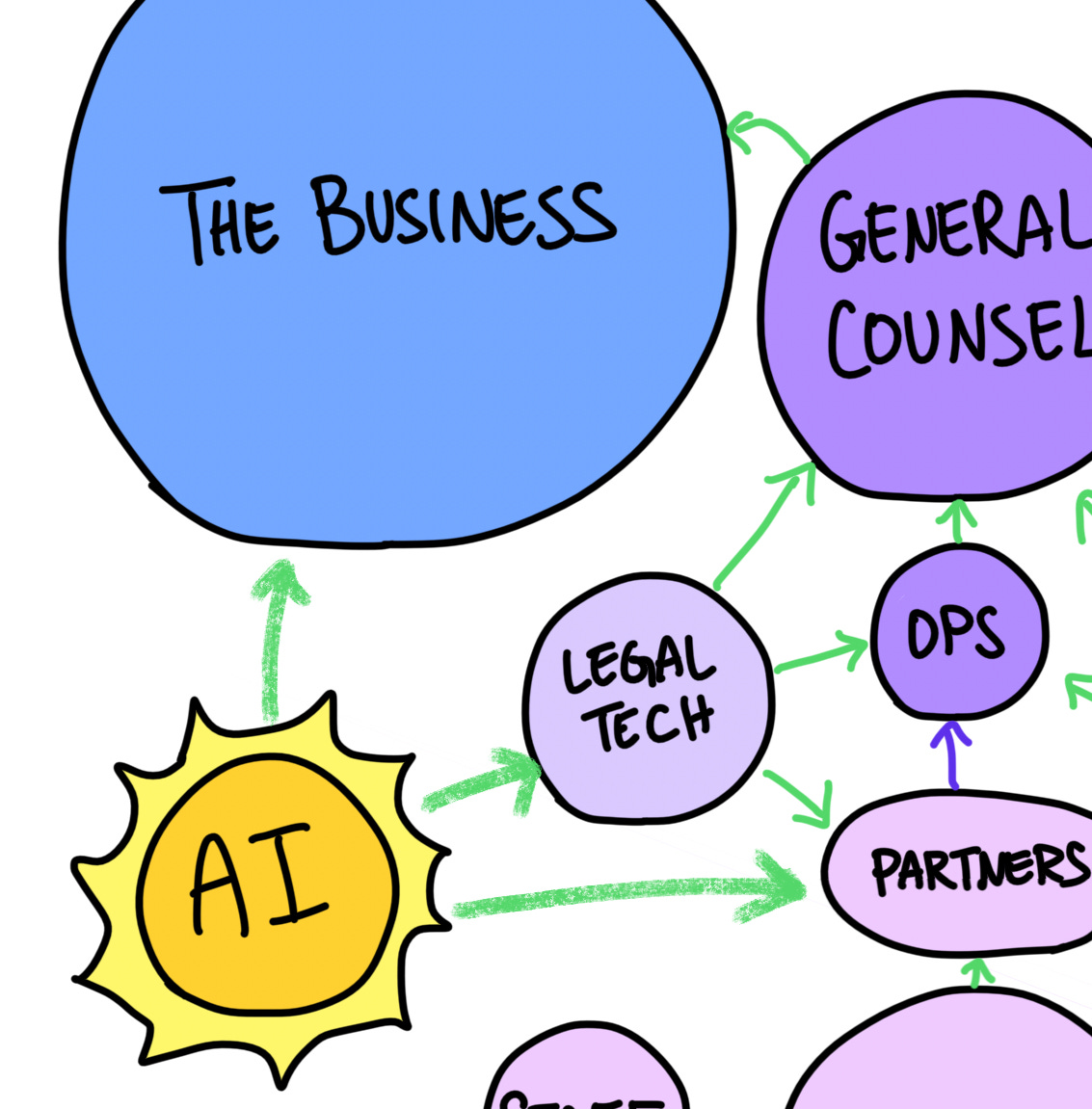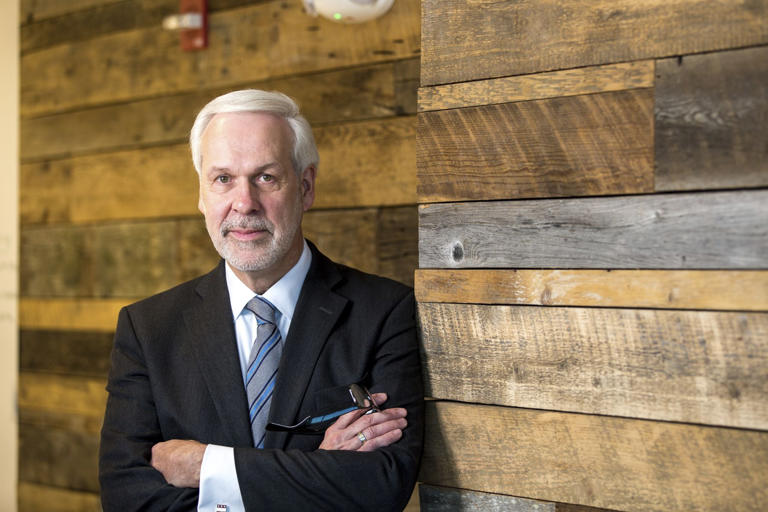Scammers trick company employee using video call filled with deepfakes of execs, steal $25 million — from techspot.com by Rob Thubron; via AI Valley
The victim was the only real person on the video conference call
The scammers used digitally recreated versions of an international company’s Chief Financial Officer and other employees to order $25 million in money transfers during a video conference call containing just one real person.
The victim, an employee at the Hong Kong branch of an unnamed multinational firm, was duped into taking part in a video conference call in which they were the only real person – the rest of the group were fake representations of real people, writes SCMP.
As we’ve seen in previous incidents where deepfakes were used to recreate someone without their permission, the scammers utilized publicly available video and audio footage to create these digital versions.
Letter from the YouTube CEO: 4 Big bets for 2024 — from blog.youtube by Neal Mohan, CEO, YouTube; via Ben’s Bites

.
#1: AI will empower human creativity.
#2: Creators should be recognized as next-generation studios.
#3: YouTube’s next frontier is the living room and subscriptions.
#4: Protecting the creator economy is foundational.
Viewers globally now watch more than 1 billion hours on average of YouTube content on their TVs every day.
Bard becomes Gemini: Try Ultra 1.0 and a new mobile app today — from blog.google by Sissie Hsiao; via Rundown AI
Bard is now known as Gemini, and we’re rolling out a mobile app and Gemini Advanced with Ultra 1.0.
Since we launched Bard last year, people all over the world have used it to collaborate with AI in a completely new way — to prepare for job interviews, debug code, brainstorm new business ideas or, as we announced last week, create captivating images.
Our mission with Bard has always been to give you direct access to our AI models, and Gemini represents our most capable family of models. To reflect this, Bard will now simply be known as Gemini.
A new way to discover places with generative AI in Maps — from blog.google by Miriam Daniel; via AI Valley
Here’s a look at how we’re bringing generative AI to Maps — rolling out this week to select Local Guides in the U.S.
Today, we’re introducing a new way to discover places with generative AI to help you do just that — no matter how specific, niche or broad your needs might be. Simply say what you’re looking for and our large-language models (LLMs) will analyze Maps’ detailed information about more than 250 million places and trusted insights from our community of over 300 million contributors to quickly make suggestions for where to go.
Starting in the U.S., this early access experiment launches this week to select Local Guides, who are some of the most active and passionate members of the Maps community. Their insights and valuable feedback will help us shape this feature so we can bring it to everyone over time.
Google Prepares for a Future Where Search Isn’t King — from wired.com by Lauren Goode
CEO Sundar Pichai tells WIRED that Google’s new, more powerful Gemini chatbot is an experiment in offering users a way to get things done without a search engine. It’s also a direct shot at ChatGPT.


















